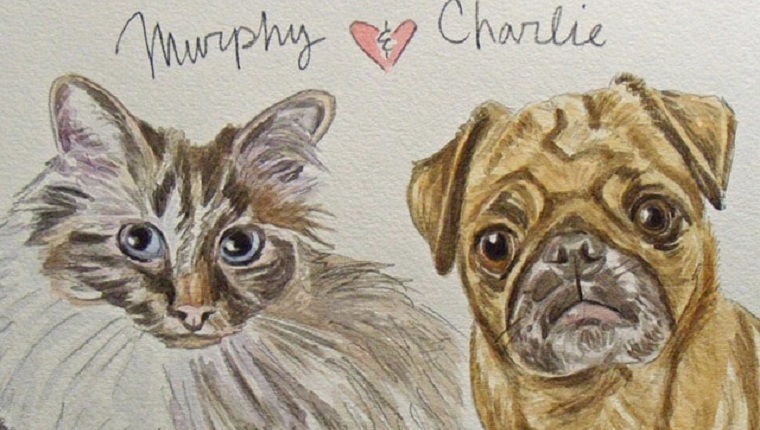
Meet Gene Hamilton. He’s a navy veteran and pet portrait artist who uses watercolors and other mediums to create beautiful works of art. His portraits often memorialize furry family members, and it’s not uncommon for pet lovers to be moved to tears after seeing the way…








